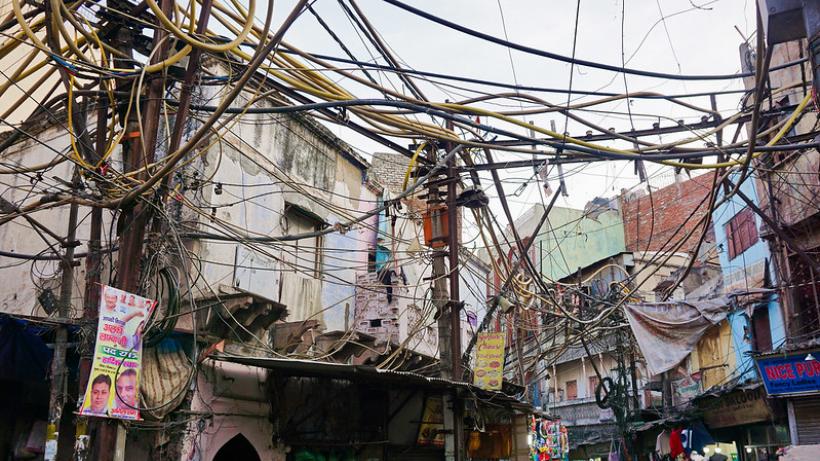
The value of electricity reliability in India
India’s electricity distribution utilities face a debt trap that is common to electricity supply systems across the developing world. Highly subsidised residential electricity prices mean that utilities lose money on most kilowatt-hours they sell to households. These pricing policies leave utilities with neither the incentives nor the capital to improve reliability, particularly for their most subsidised consumers. The result for households is endemic power outages. A recent survey of six of India’s most populous states found that households face 11 hours of electricity outages on average every day (Aklin et al., 2016).
The study: Are consumers willing to pay more for reliable electricity in Delhi?
Our project seeks to understand whether residential consumers would prefer to pay higher prices and receive more reliable electricity. We will evaluate this trade-off by estimating residential consumers’ willingness to pay for improved reliability and characterising the benefits and distributional effects of improved reliability in Delhi.
In the future, we will use our estimates of the value of reliability to assess efficiency and the distributional implications of alternative price schemes, which we believe will directly inform tariff design.
The data: Measuring allocation and reliability
A research partnership with one of Delhi’s public-private distribution franchises has enabled us to construct a large and uniquely detailed meter-level dataset on monthly bills and payments and individual power outages for 1.6 million customers from 2013 to the present.
It enables us to analyse not only the dramatically unequal allocation of power outages across customer types but also the characteristics of reliability. This includes the duration, time of day and season, and whether customers were provided advance warning about planned outages.
We also link these data with measures of appliance and backup power investments, along with income, demographics, and perceptions of reliability from an original survey of over 3,000 households.
The impacts of electricity regulations: Delhi’s compensation scheme
To study the effects of reliability on household investments, we take advantage of plausibly exogenous variation in the frequency, duration, and timing of power outages generated by regulatory changes that required electricity distribution companies in Delhi to compensate customers for power cuts.
We then develop a revealed preference approach to estimate willingness to pay for improved reliability based on observing the cost and characteristics of households’ investments in backup power, like batteries and diesel generators.
The 2017 Supply Code issued by the Delhi Electricity Regulatory Commission mandates that electricity distribution companies in Delhi compensate customers Rs 10 per kW per hour of power cuts up to a maximum of Rs 200. The third amendment to the 2017 Supply Code, enacted in December 2018, revised the compensation scheme so that consumers would henceforth receive Rs 50 per hour for the first two hours of unscheduled power cuts and Rs 100 for each additional hour. The compensation is paid directly to consumers as an adjustment on their electricity bill.
The findings: Incentives to reliable electricity supply
Preliminary findings suggest the 2017 Supply Code policy change resulted in a reduction of about three outages per billing cycle, or about a 29% reduction from the mean of 10.50. The effects appear to be substantially larger for feeders with more customers, although this result does not have a causal interpretation. If this is the case, it is consistent with the policy’s per-customer outage compensation charge.
However, the 2017 Supply Code change did not affect the mean duration of outages. The 2018 Supply Code change did not affect either the mean or the duration of outages. Furthermore, we find suggestive evidence of differential improvement in reliability experienced by customers on faster-growing feeders.
We also find preliminary evidence that consumers who experienced sustained higher levels of electricity reliability as a result of the 2017 policy invested in additional electricity-consuming appliances. Our estimates suggest that the policy resulted in about a 2.5% increase in appliance stocks per avoided monthly outage.
Conclusion: Reliability and consumer investment
A main conclusion that can be drawn from the findings is that power outages likely depress investment in appliances by residential customers. One direct way in which poor reliability may discourage investment in electricity consuming appliances is by encouraging investment in electricity producing appliances, namely backup generators and batteries.

